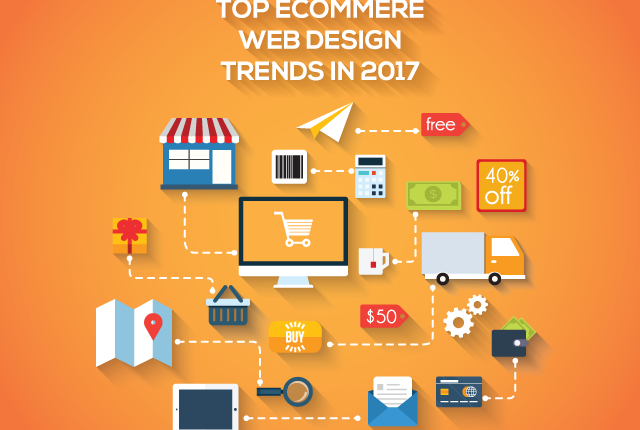Keys to Landing Page Design & Optimization
When planning a design for a website, we think about the target audience, however there’s typically more than one audience we’re communicating to. Many websites, particularly the homepage, must cater to a number of different visitors who have arrived for reasons. Visitors can include potential customers, current customers, investors, media, prospective employees, and potential or current partners.
It’s likely that most of the visitors you’d like to target will be potential customers, however you can’t neglect other visitors and the information they are searching for as well. So how can you effectively communicate to all of these visitors who are visiting your website for different reasons without having a negative impact on conversions. This is where targeted landing pages can help.
While a homepage should address various audiences, a landing page can speak directly to the target. You should have the goal of using targeted landing pages for each channel such as paid search and display advertising, or for a specific promotion such as a sale or new feature release for your app for example.
Define a “Conversion” (You may want a visitor to sign up for your email newsletter, sign up for an e-course, complete a form for a trial account or complete a contact form to request a quote. You should never have more than one conversion goal for a single landing page.)
Creating a Consistent Experience for the Visitor (Take a look at the design & copy for the ads you are using. Your ad should be consistent with the landing page and have a similar look and feel and messaging.)
Give Visitors a Sense of Security (For instance, landing page tests have proven that an icon of a “lock” near a link to purchase will help conversions. Security graphics and “site seals” from services like HackerSafe and VeriSign have also shown to have a positive impact on conversions.)
Resist the Temptation to Give a Visitor Multiple Clicks (You’ve worked to create a consistent look and feel, along with a consistent message. The visitor is now on your page and engaged with your content. What you have communicated via your ad has interested the user and they’re taking a closer look. They are one step closer to taking the desired action.)
Test, Test & Test (The Landing page is made up of several primary elements that contribute to a conversion. These consist of a headline, imagery, body copy, and call-to-action.)
As you’re designing your landing pages remember that you only have seconds to grab the attention of a visitor, so you must include a headline that immediately tells the visitor that they’re in the right place. It should be consistent with what was included within the ad and it should clearly and concisely tell them what you do. Your copy should be short and to the point and bullet points allow you to capture the key aspects that you believe are most important to a visitor and allow the content to be digested quickly.

The way I look at it a landing page has to basically grab attention and quickly answer the WIIFM (What’s In It For Me) Question?
-What are you offering?
-Why should I care?
-What action do I need to take?